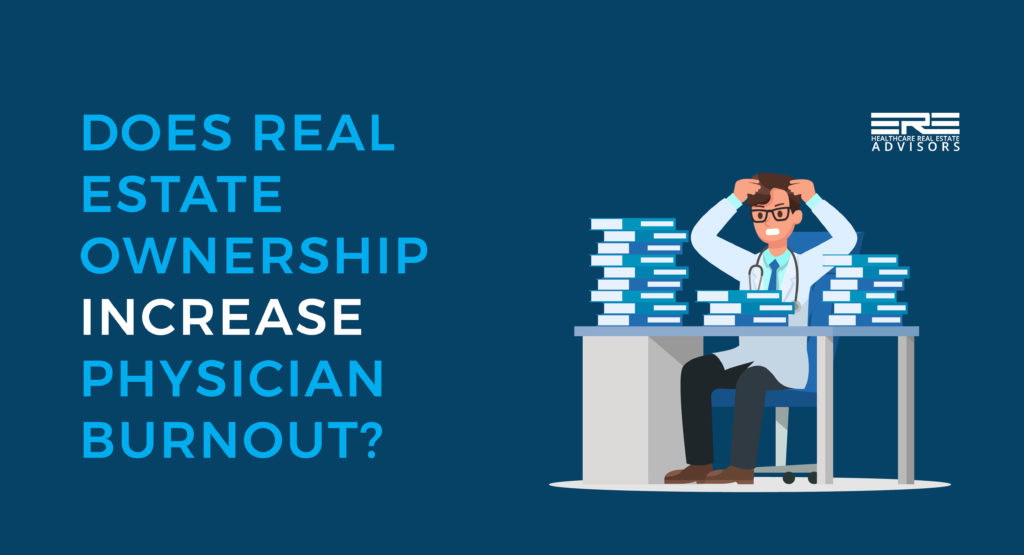
By: Jamion Nash
While many physician practices own their real estate and enjoy the benefits of a long-term investment, most also suffer from the complexities and demands of such an asset. With continued pressure from regulators, payors, and patients, should providers also be burdened with property ownership? Owning your clinical property has the potential to create partnership challenges, result in significant unanticipated costs, and introduce personal liability. Given the dynamic landscape in medicine, the nuances of real estate ownership could add undue stress and contribute to physician burnout.
Differing ownership composition in your practice and real estate partnerships has the potential to introduce partnership misalignment. Considering partnerships often include providers of different age groups, senior physicians establishing their succession plan may present a perceived conflict of interest for younger partners. Questions that can help you test the long-term viability of your real estate partnership include:
- Are new partners committed to buying out the existing real estate shareholders?
- If a buyout is on the table, how is value fairly determined for both sides?
- Do new partners have the willingness and risk tolerance to take on more debt?
- If not, how would the existing owners accomplish the dual goals of eliminating the personal liability/debt which they had incurred as well as capitalizing on their real estate investment?
While different partnership structures can create emotional tension, property ownership can also create financial pressure through unexpected costs. Whether you own or lease, there will always be costs associated with operating your practice – it’s the large capital expenditures that can create issues. These can include replacing a roof, remediating a settling foundation, or identifying failing utility systems. If you lease, these costs are typically borne by your landlord, but if you own your real estate, these costs fall to the practice and require proper budgeting.
Although partnership challenges and capital expenditures are likely not topics of daily conversation, pressure from financial obligations always exists. Most of our clients initially purchased their building with a loan, many of which come with a personal guarantee. If you were “financially savvy,” you may have even bought a swap, which may or not benefit you in today’s low interest rate environment. In the event your practice suffers financially, you may have more at risk than your corporate assets, now your personal wealth is on the line.
Because physicians are experts in medicine and not real estate, many partnerships drive towards improper decisions, exposing physician owners to personal, financial, and legal liabilities. Operating a medical practice requires enough steering; how long should you have to manage the complexities of both your practice and real estate before losing sanity? Fortunately, there is always a way to improve your position.
How can physicians better protect themselves from early burnout?
Given the common nature of issues related to real estate ownership, solutions exist. Many physician groups have found by selling and leasing back their real estate, they are able to maintain control of their facility without the burdens of ownership.
Exploring a sale and leaseback facilitates the common strategic goal of aligning partner interests, providing current owners the opportunity to capitalize on their real estate investment while allowing the practice to continue operating, uninterrupted. Such a structure has historically allowed for physicians to take advantage of prevailing market interest while simultaneously mitigating risk, allowing providers to focus on their core mission in delivering quality patient care.
